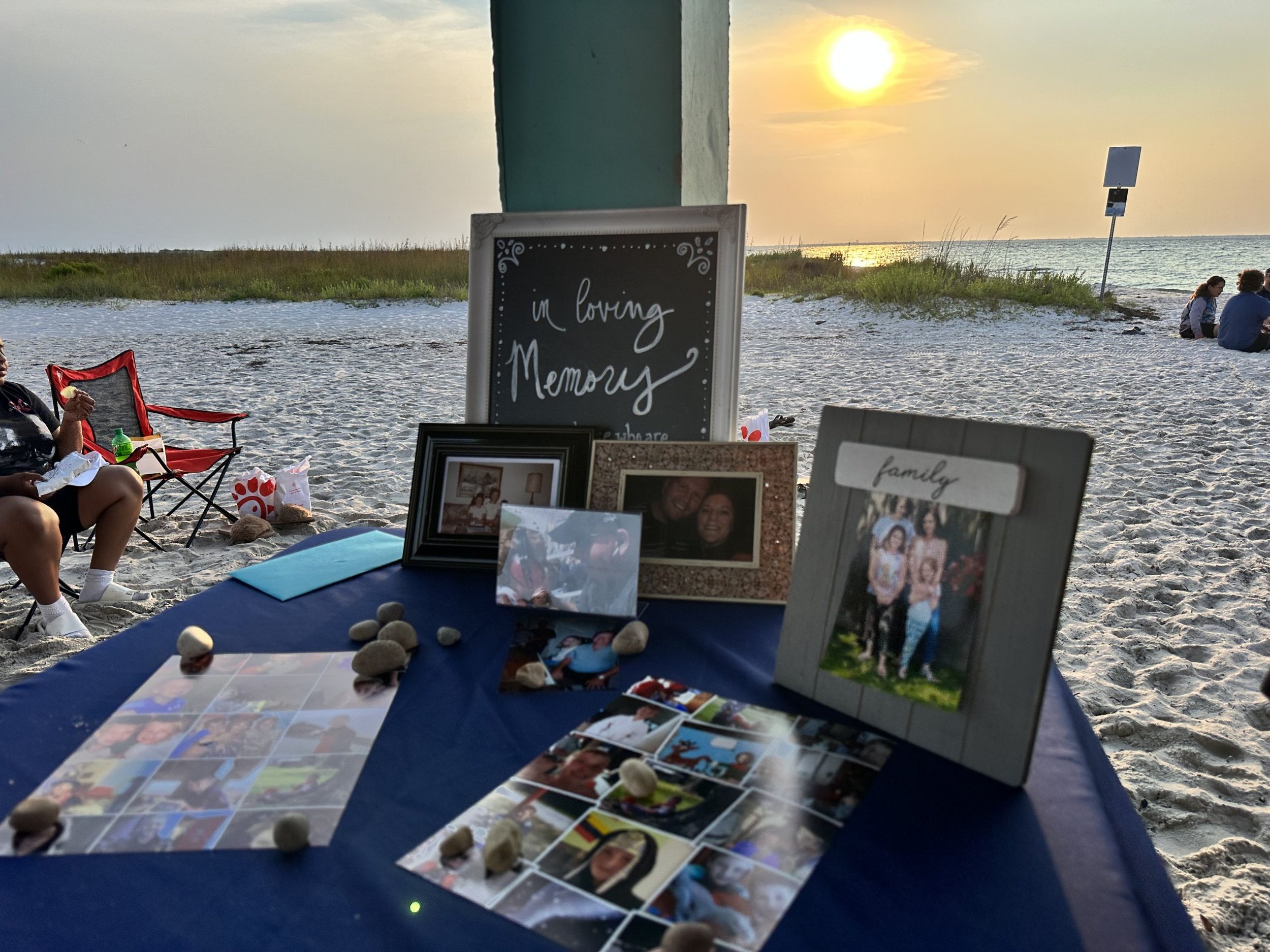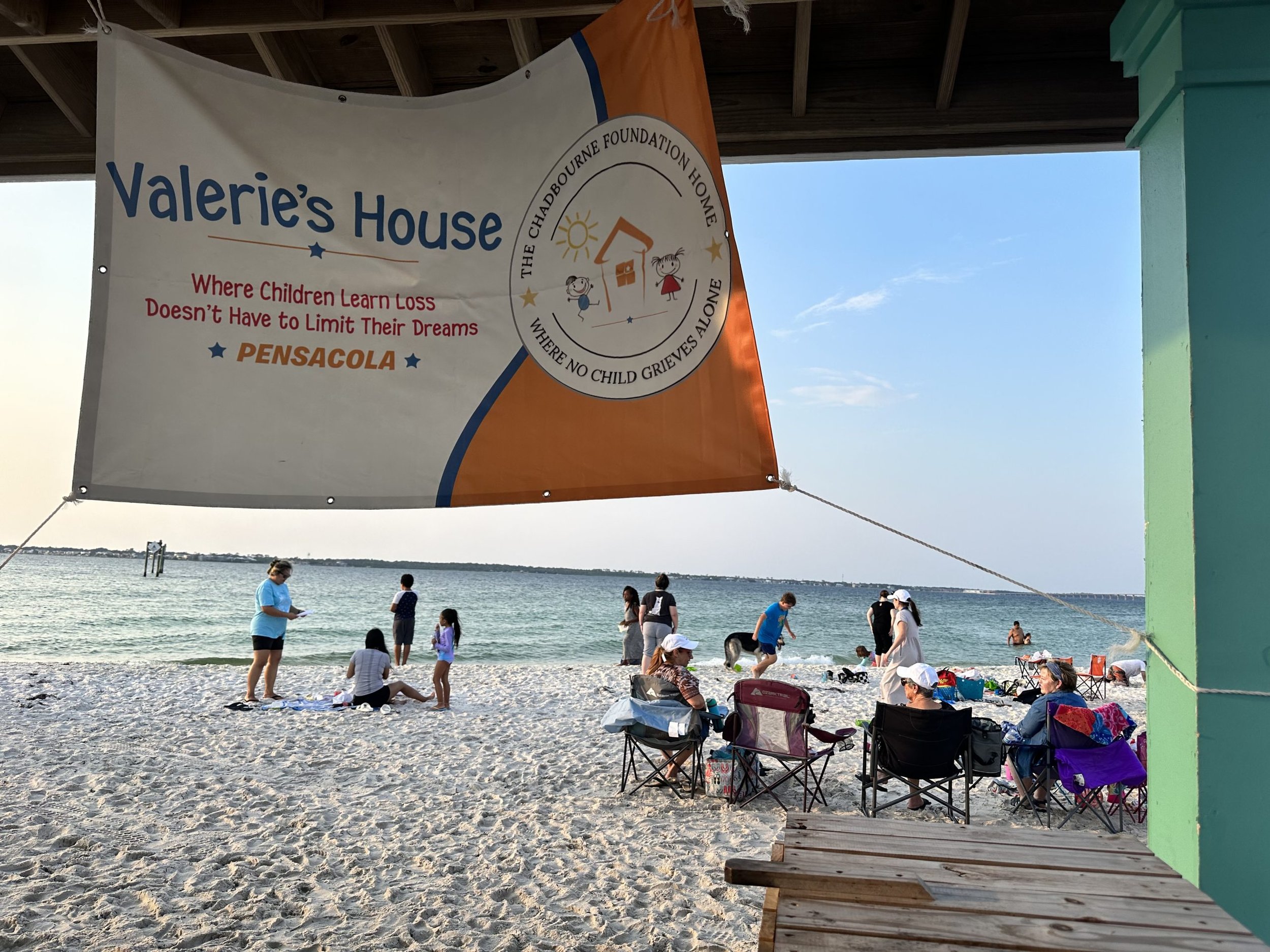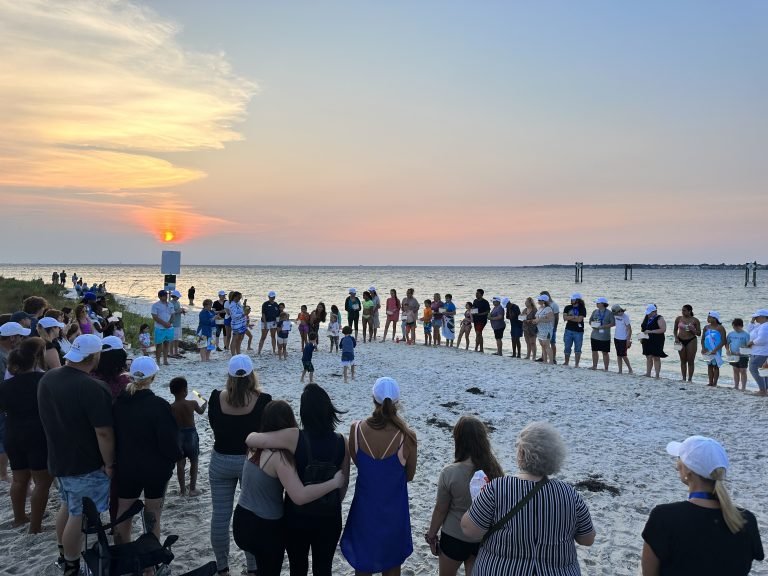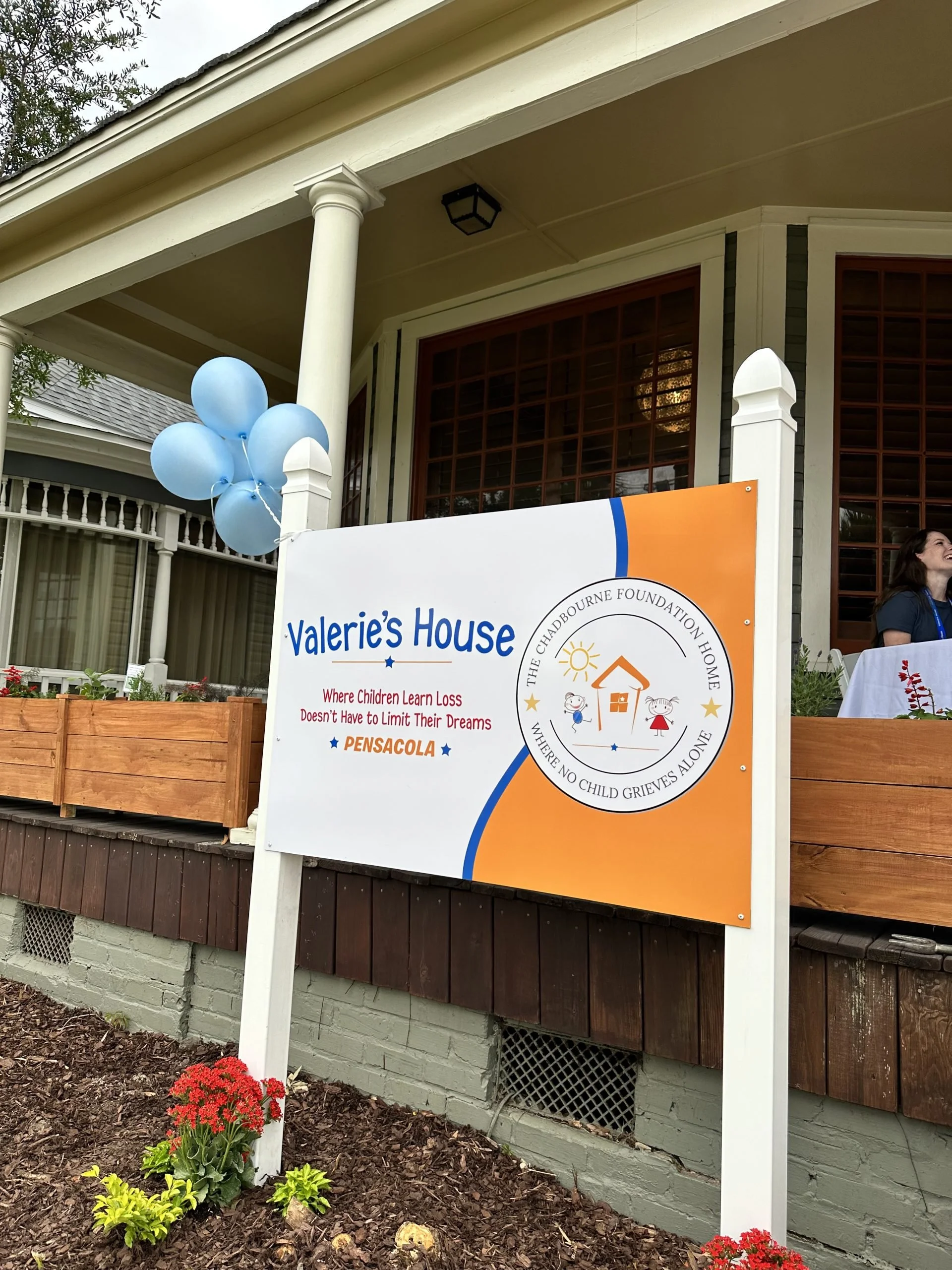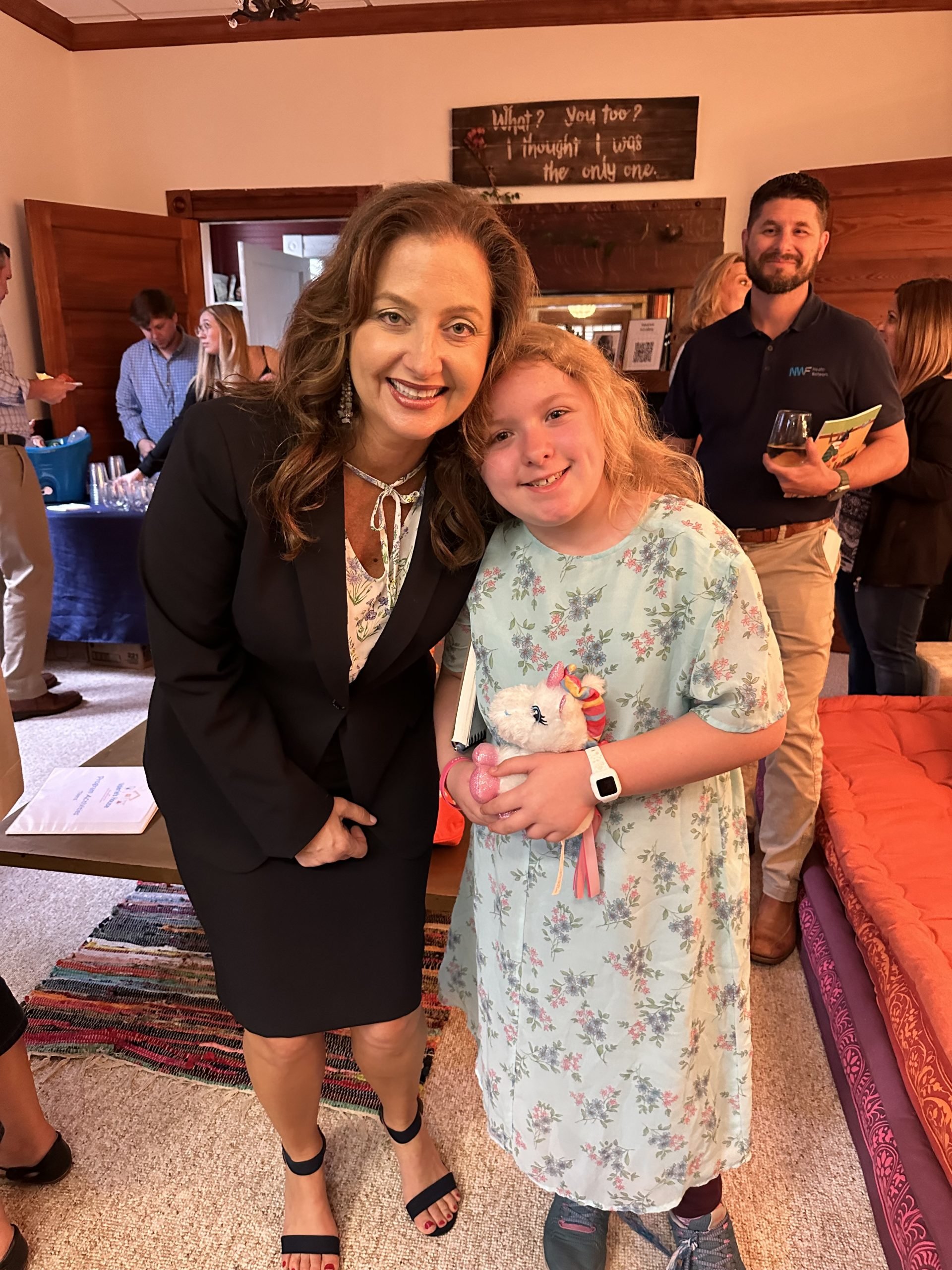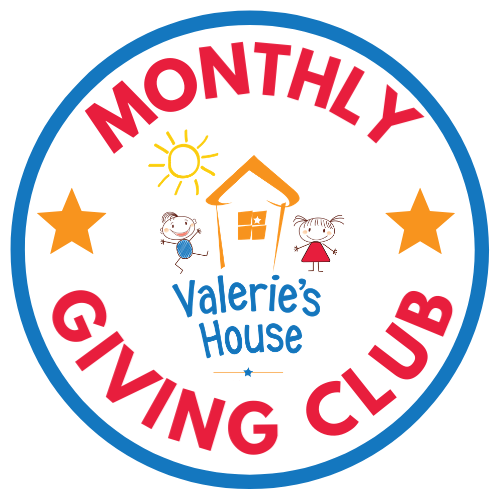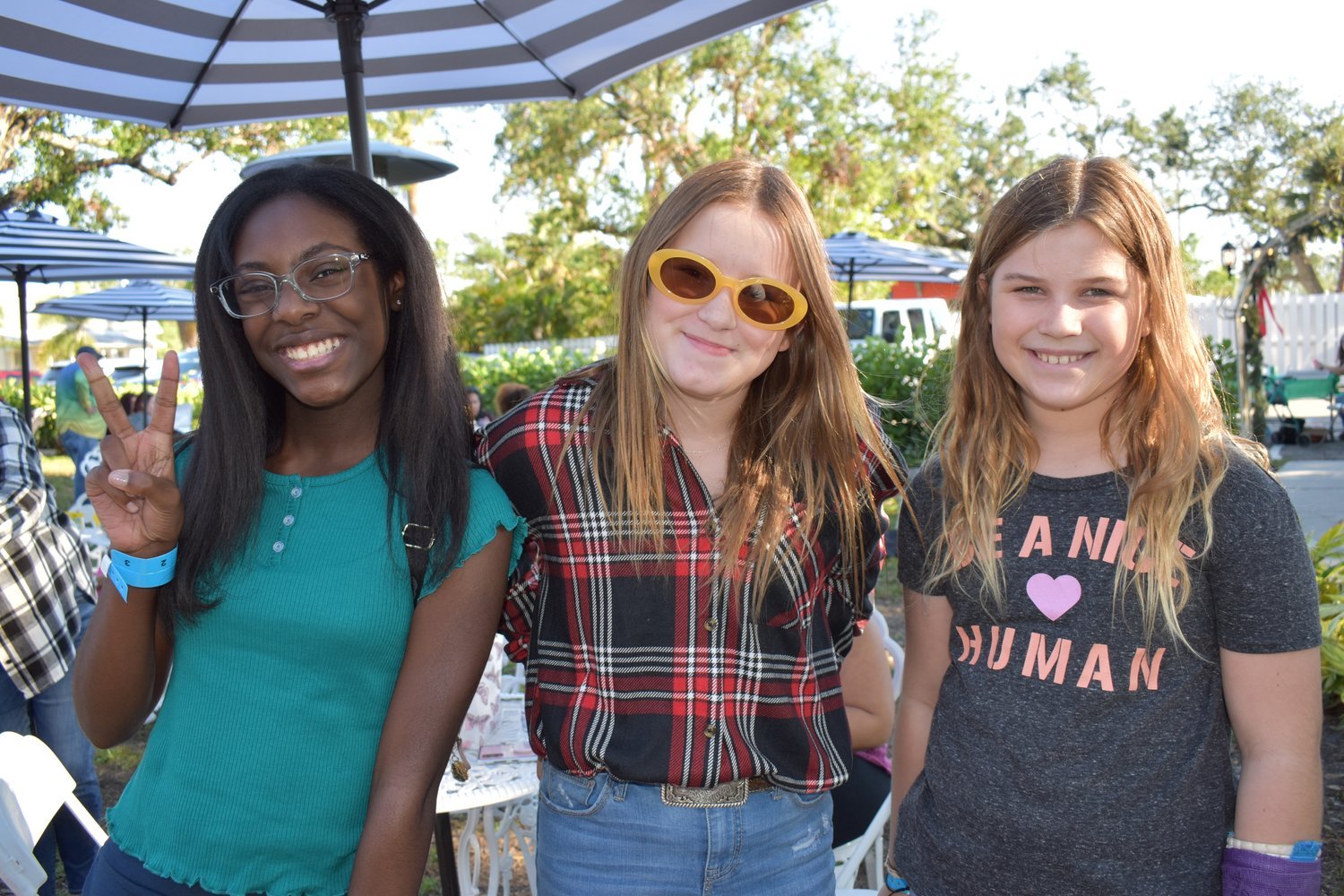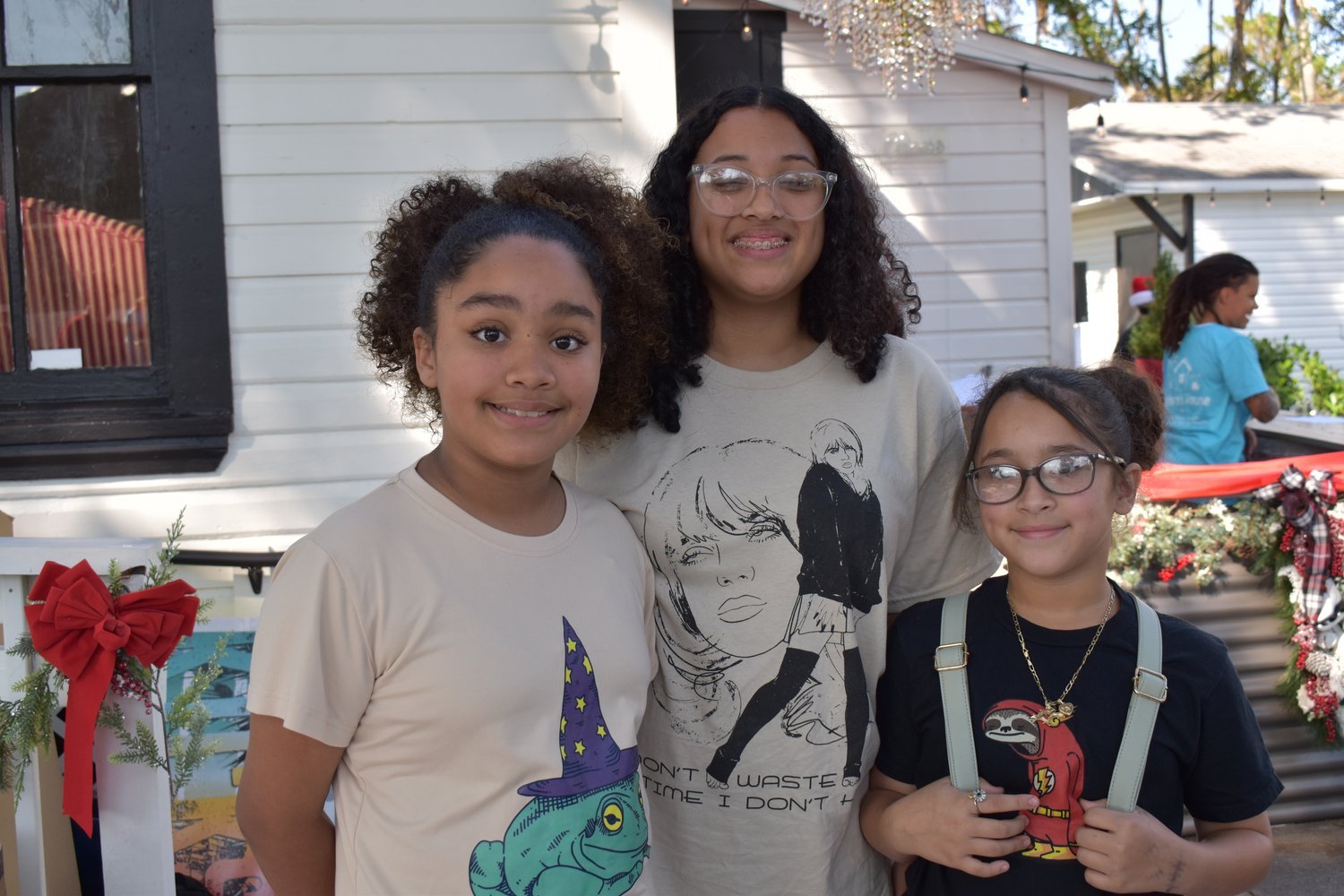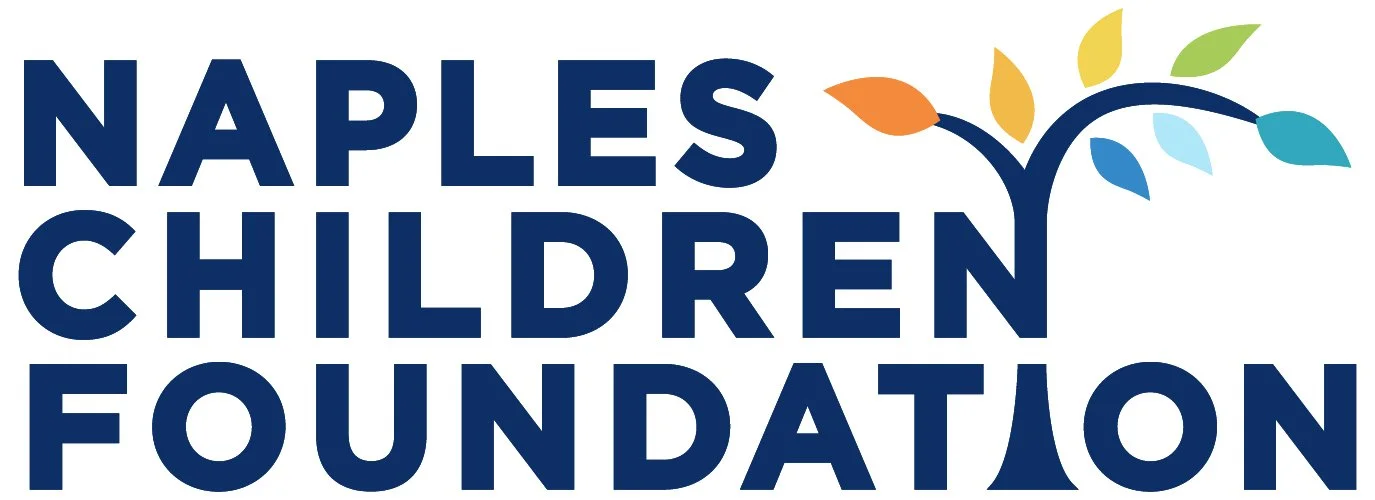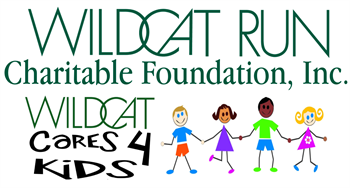When it feels like there are no right words to offer someone grieving the loss of a loved one, sometimes it keeps them from saying anything at all.
Sadly, the ones who can say it best are the ones who have lived through the experience themselves.
Valerie’s House Pensacola, the area’s only nonprofit organization devoted solely to child grief support, came to Pensacola in late 2020 to help remove that isolating, uncomfortable feeling for children ages 5 to 18 who have suffered the loss of a parent or sibling.
Starting with only 15 children and their caregivers, the chapter has grown to serve over 300 in less than three years. The organization has two full-time staff, two part-time staff and 53 volunteers.
Now, Valerie’s House receives referrals weekly from the Department of Children and Families, first responders and schools for at-risk children grieving the loss of a parent or sibling.
The overall goal of the organization is that 70% to 80% of the children who attend Valerie’s House groups for at least six months to see a dramatic progress such as the ability to talk about their loss, to trust someone new in their life and to have hope for the future.
They learn the skills to navigate difficult moments like when a classmate catches them off guard and asks a jarring question, like “how did they die?” or they feel the sadness and resentment in every Christmas tree and department store window that reminds them of family memories.
The Pensacola chapter was founded by Crista Brandt, who is one of those that understand the lingering feelings of grief after losing her mother to cancer at 11 years old.
She persevered in securing funding for the program to have a permanent home of its own in 2023: the Chadbourne Foundation Home at 904 E. Gadsden St. It came equipped with everything they needed to make the children feel at home when they showed up for a session. Everything except a kitchen, which will soon change after the organization was selected as an IMPACT 100 recipient last month.
Brandt’s grant application, fittingly named “The Kitchen is the Heart of a Home,” details how a critical part of the Valerie’s House model is to serve a meal before each group night for children and their caretakers, which takes place eight to 10 times every month. However, with only a kitchenette currently, they make the most of carry-out meals. With their new kitchen, they will be able to provide nourishing, home-cooked meals.
These group times are built around peer-to-peer support and are cherished moments for staff and families. According to the kids, the process is working.
What does a group session look like at Valerie’s House?
When walking through the doors of Valerie’s House for the first time, some youth have never put the feelings behind losing a loved one into words. Though they will tell you it isn’t the fuzzy rugs or couches that make the families feel at home, it’s a place filled with familiar feelings and experiences.
Annabelle Chadbourne, 14, remembers what it was like to walk the school hallways after her dad died unexpectedly. She kept her feelings to herself; she watched her grades drop and felt like she didn’t belong in places that used to be familiar.
“Even when you’re doing your best, it doesn’t always feel like it’s enough,” Chadbourne said. “I didn’t really know anyone who had gone through the same thing as me.”
Then she met fellow Valerie's House client Emma Rathbun, 13, and heard herself in Rathbun's stories.
“I held those emotions in for months,” Rathbun said of the death of her mother, Christine Rathbun.
She remembers how it felt like there was “no point in trying” to talk to people about it because she knew they would never understand.
“I know exactly how you feel,” Chadbourne chimed in.
“As soon as I realized everyone else’s stories, I got comfortable about mine,” Chadbourne said.
According to Brandt, these connections are intentionally nurtured at Valerie’s House. Through seemingly lighthearted games like grief Jenga, where the children take turns answering personal questions after pulling a piece. There, they feel safe enough to share without judgment.
“Here, you learn to normalize,” Brandt said of the children explaining their grief. “Knowing it’s okay to feel (emotions) and being able to identify what they are.”
One exercise they work on in group sessions, Rathbun’s favorite, is meditation exercise where a chocolate Hershey’s Kiss is used as a point of focus. With a meditation instructor guiding them, one regular leader being program coordinator Jennifer Elzweig, they focus on being in the moment while also coming face to face with their memories.
Other exercises include decorating masks, with each color representing a different emotion, to reflect how they feel on the inside and outside.

























